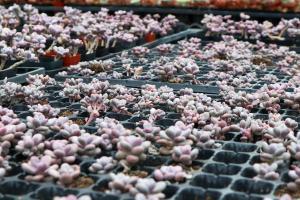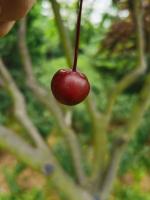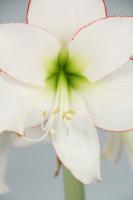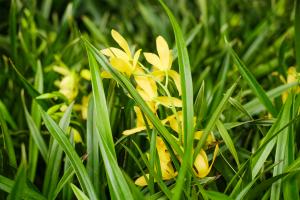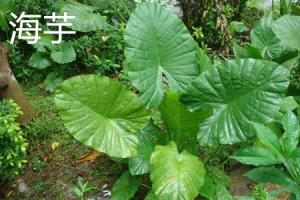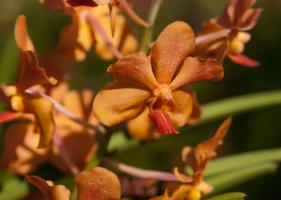Can You Plant Pear Trees in the Fall?
Many gardeners wonder whether they can plant pear trees in the fall. The answer is yes, you can. Fall is actually an excellent time to plant pear trees. The cooler temperatures and increased moisture levels make for ideal planting conditions. However, there are some things to keep in mind when planting pear trees in the fall.
Preparing the Soil
Before planting your pear trees, it's important to prepare the soil. Make sure the soil is well-draining, as pear trees don't like to be in standing water. You can amend the soil with compost or other organic matter to improve its structure and drainage. Also, test the soil's pH and adjust it if necessary to ensure the ideal range for pear trees, which is between 6.0 and 7.0.
Choosing the Right Variety
When selecting pear trees to plant in the fall, it's important to choose the right variety for your climate and location. Check with your local nursery or extension office to find out which pear varieties are best suited to your area. Some hardy pear varieties that are well-suited to cooler climates include Bartlett, Bosc, and Anjou. For warmer climates, try varieties like Baldwin and Kieffer.
Planting and Care
When planting your pear trees in the fall, make sure to keep the following in mind:
Choose a planting site that gets full sun.
Plant the tree at the same depth it was growing in its nursery pot.
Water the tree deeply after planting, and then again as needed throughout the fall and winter.
Apply a layer of mulch around the base of the tree to help retain moisture and keep weeds at bay.
Prune the tree in late winter or early spring to promote healthy growth.
If you live in an area with harsh winters, you may want to wrap your young pear trees with burlap or other protective material to prevent damage from frost, snow, and ice.
The Benefits of Fall Planting
Planting pear trees in the fall has several benefits. For one thing, fall planting gives the trees time to establish their root systems before winter sets in. This can give them a better chance of survival and growth come spring. Additionally, fall planting allows you to get a jump on next year's growing season, since your trees will have had time to settle in and start growing earlier.
Overall, planting pear trees in the fall is a great way to add beauty and delicious fruit to your garden. Just be sure to choose the right variety for your location, prepare the soil properly, and care for your trees throughout the fall and winter. With a little patience and some TLC, you'll be enjoying the fruits of your labor in no time.

 how many times do yo...
how many times do yo... how many planted tre...
how many planted tre... how many pine trees ...
how many pine trees ... how many pecan trees...
how many pecan trees... how many plants comp...
how many plants comp... how many plants can ...
how many plants can ... how many plants and ...
how many plants and ... how many pepper plan...
how many pepper plan...
